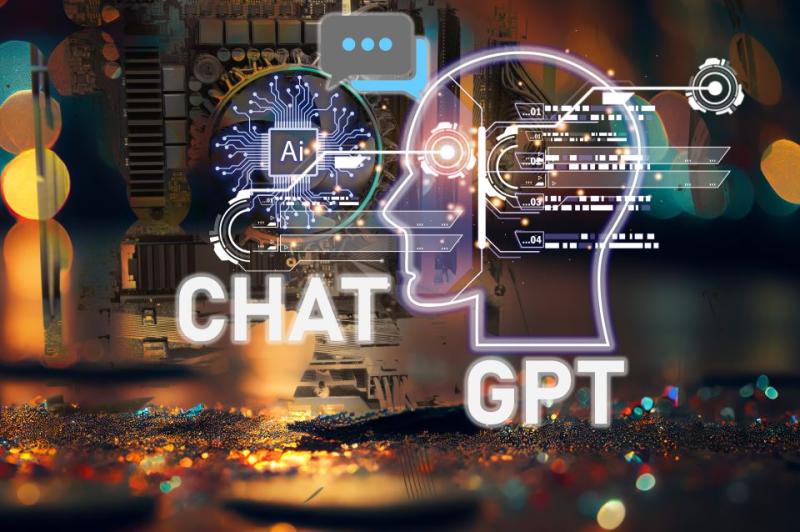Why Brand Voice Must Be Closely Guarded Despite AI’s Compelling Potential
Generative AI has captured the world’s imagination. The algorithm-based technology that can generate content such as Microsoft’s ChatGPT and Google’s chatbot, Bard, have every sector experimenting with ways to leverage the new technologies to help automate tasks. In many cases AI offers exceptional gains in efficiencies that could boost productivity. But when it comes to brand voice and overall brand reputation, organizations should proceed with caution.
The Potential of AI Is Compelling
The idea of adding generative AI’s ability to quickly produce unique and personalized content for chatbots is understandably attractive, especially for companies dealing with high-volume interactions. The power of AI lies in its ability to process and analyze vast amounts of data. So, for companies looking to leverage first-party customer data to provide a better experience, AI appears incredibly alluring.
- Also read: What Retail Leaders Need To Know About the Congressional Hearing on Artificial Intelligence
There is no doubt that chatbots could have a profound impact on completing complex scheduling tasks, such as finding the best flights for large groups across multiple airlines based on simple written or even voice prompts. They could also act as personal concierges, suggesting products based on our previous brand interactions. The predictive insights that come with data analysis are also exceptionally useful and can be used to analyze customer feedback to predict future pain points and even the potential for churn, addressing vital customer retention goals.
AI Can’t Be Left to Its Own Devices
AI bots like ChatGPT and Bard may be able to generate content that sounds human, but they are far from sentient.
Early interactions with the bots have shown them capable of latching onto all the wrong learning content, either declaring their love for the person they are engaging with or exhibiting racial and gender bias.
Can you imagine if a frustrated customer lashes out at a customer service chatbot? We all know that people have far fewer social filters when they are communicating from behind a keyboard and so it is not inconceivable that a tone deaf, machine-driven exchange with an already disgruntled customer could quickly deteriorate.
Context Requires Two-Way Communication
Expecting a bot which is entirely reliant on learning from past engagements, but without the nuance of a human, to properly reflect your brand’s voice is also not realistic. If a brand wants their content to stand out they have to inject personality. A copy-and-paste reply can’t inject a brand’s voice and tone no matter how proficient the algorithm is.
As it stands, AI is useful for repetitive tasks that don’t require the subtleties of human engagement. The technology, which remains nascent, is still missing the contextual link between brands and their consumers. To properly build that bridge we require two-way messaging capabilities to open up the way for the chatbot to respond with personalized and contextual information. For now, ensuring you can quickly and seamlessly escalate your customer interactions to a human is the best way to protect your brand voice and reputation, no matter what channel your customer may be using.
— Jennifer Shambroom, CMO, Clickatell





